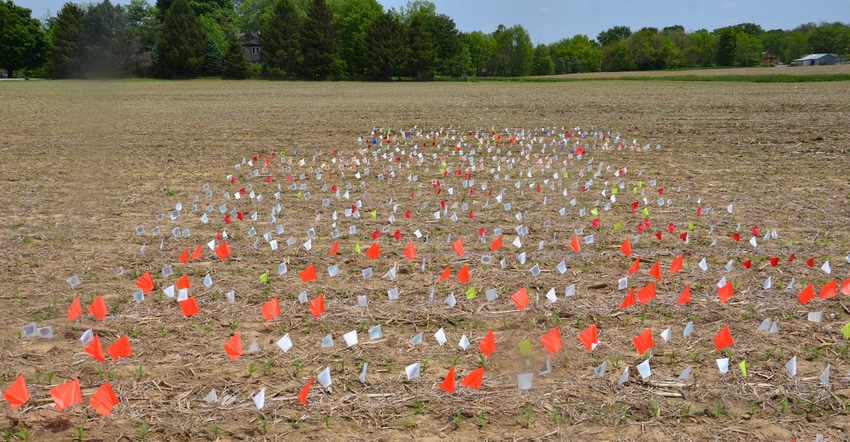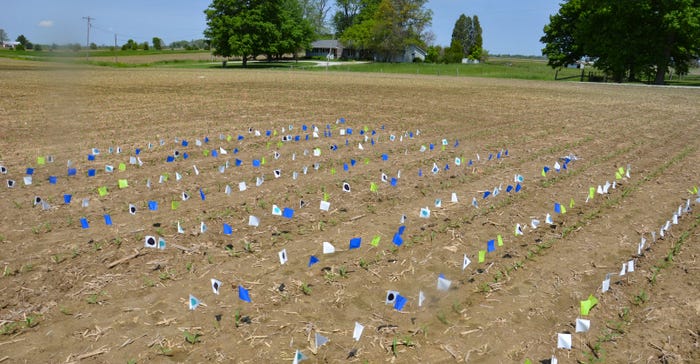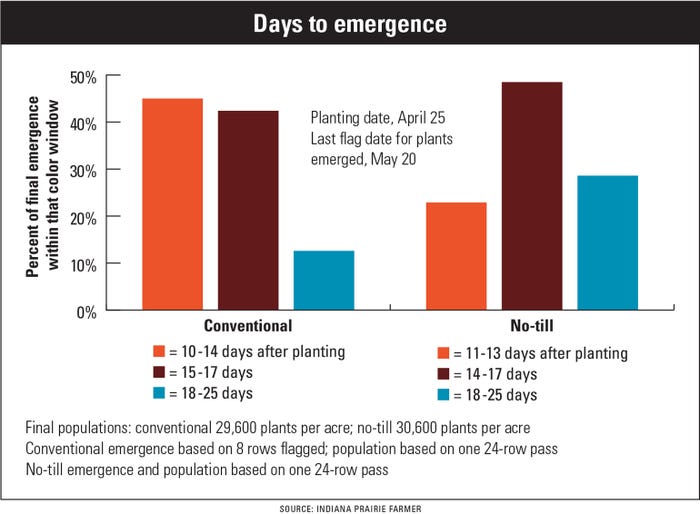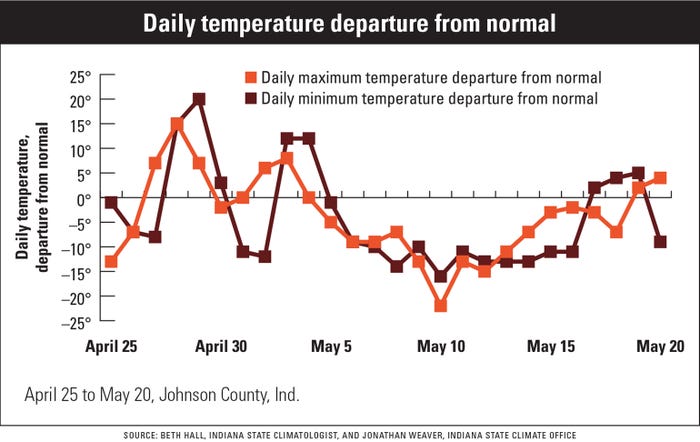
Dave Nanda prefers to see corn planted early when soil conditions are right. However, he also likes to see even emergence, with the entire stand emerging within 48 hours once the first plants emerge. One of two wishes came true for the Corn Watch ’21 field. The field was planted April 25. However, due to a long super-cool stretch, emergence was spread out over two weeks, not two days.
Will it matter in the end? “We will wait and see,” says Nanda, director of genetics for Seed Genetics Direct, sponsor of Corn Watch ’21. “We like to see uniform emergence and uniform spacing of plants along the row.
Related: Tissue sampling shows possible ways to improve crop
“The point is that when some plants come up later than their neighbors, they may act like weeds and not contribute yield. But in this case, where sections of rows came up at different times, there may not be as much effect.”
The other difference, Nanda says, is that many of the plants that did emerge earlier didn’t take off growing until temperatures warmed. Once temperatures recovered, more plants emerged and took off growing as well. That may have narrowed the gap.
Plants in conventional tillage began emerging one day ahead of plants in no-till rows. However, some plants still emerged at 14 days after the first plant emerged in both systems. A higher percentage of plants emerged later in the window in no-till.

Twenty days after planting, the average population on one pass, 24 rows, in no-till in 1/1,000 of an acre was 24,800 vs. 27,500 in conventional tillage. However, at 25 days after planting, the final count was 30,600 plants per acre for no-till vs. 29,900 plants per acre for conventional tillage.
Stay tuned to see if long emergence periods impact yield, and check out the charts below.


About the Author(s)
You May Also Like




